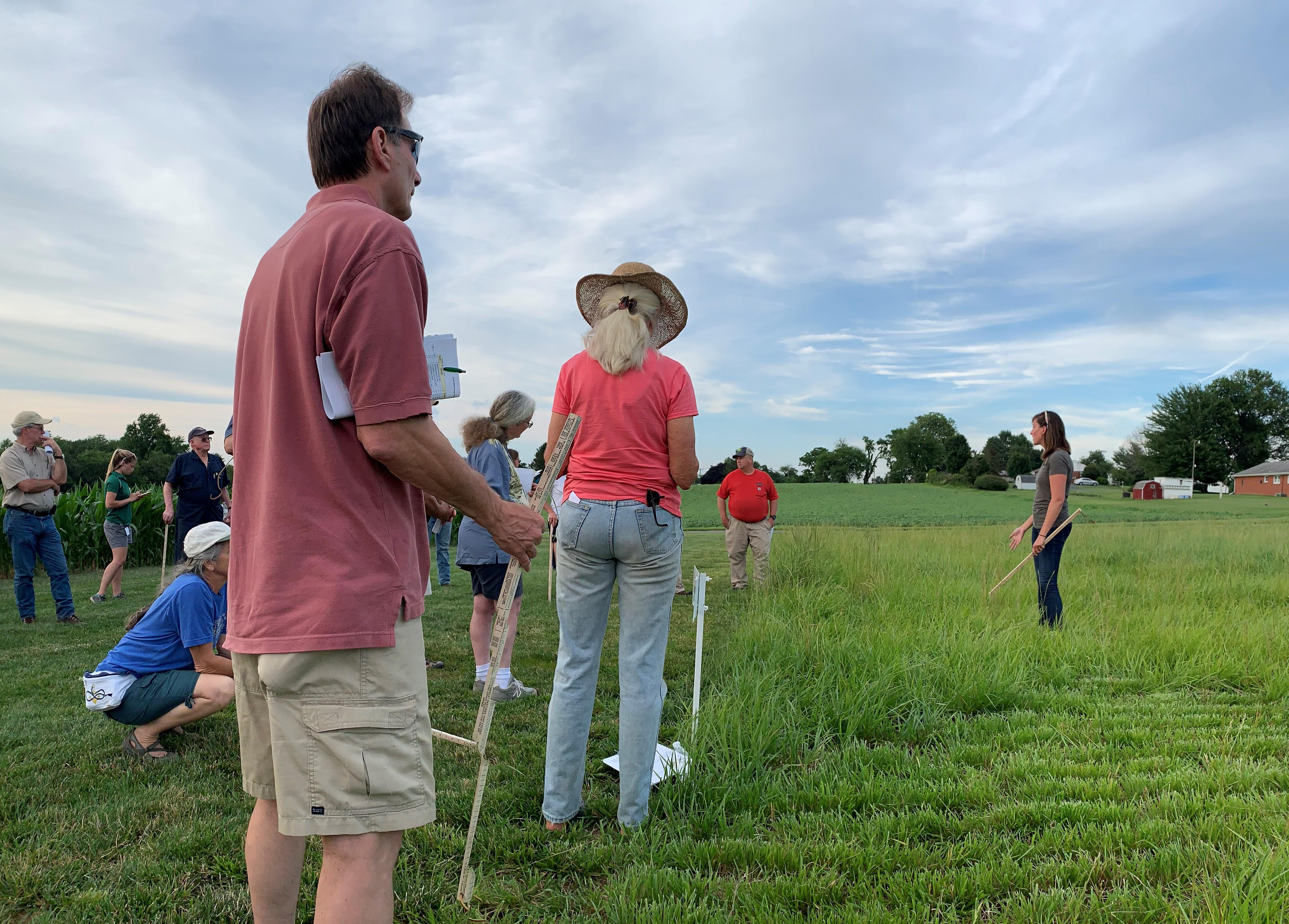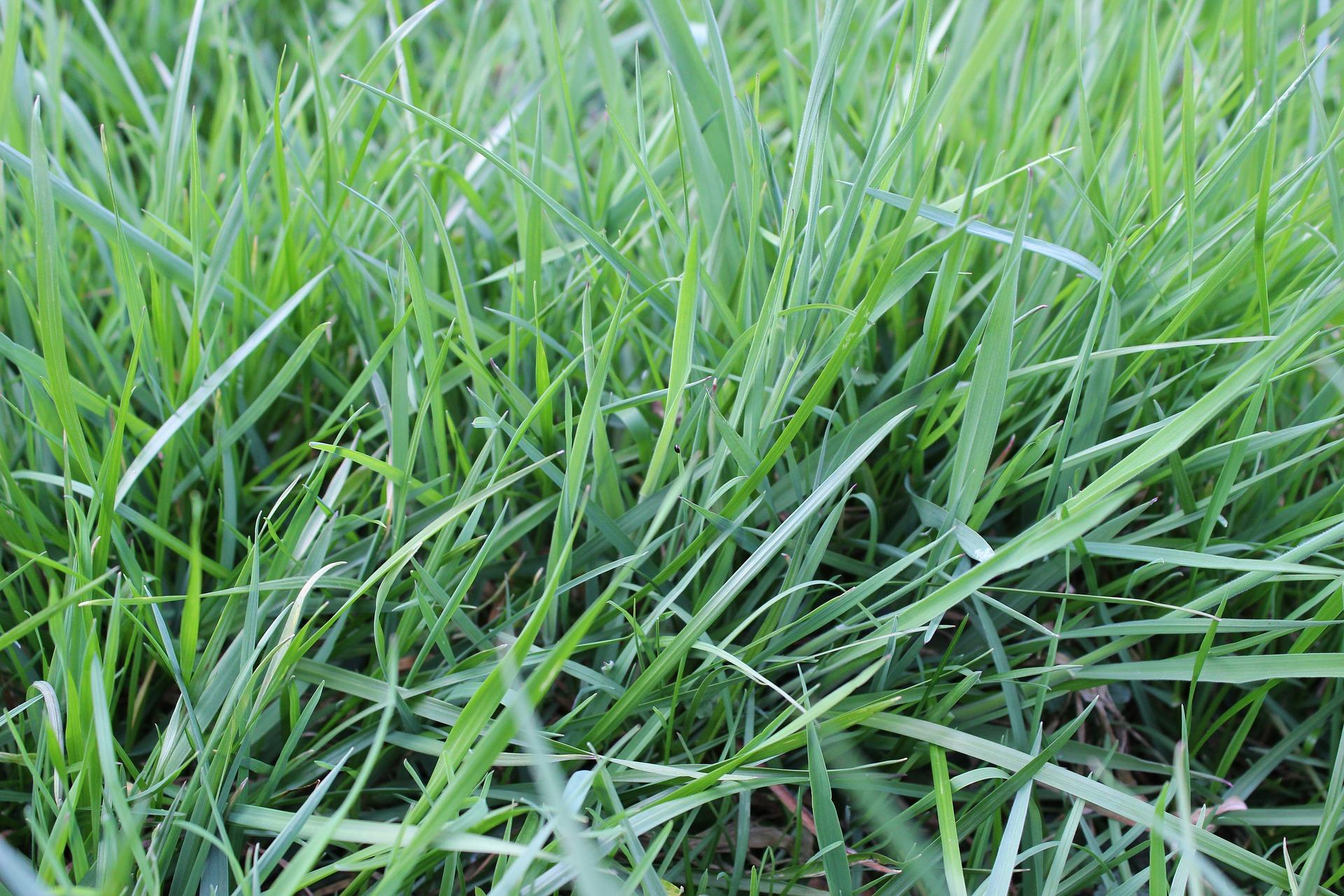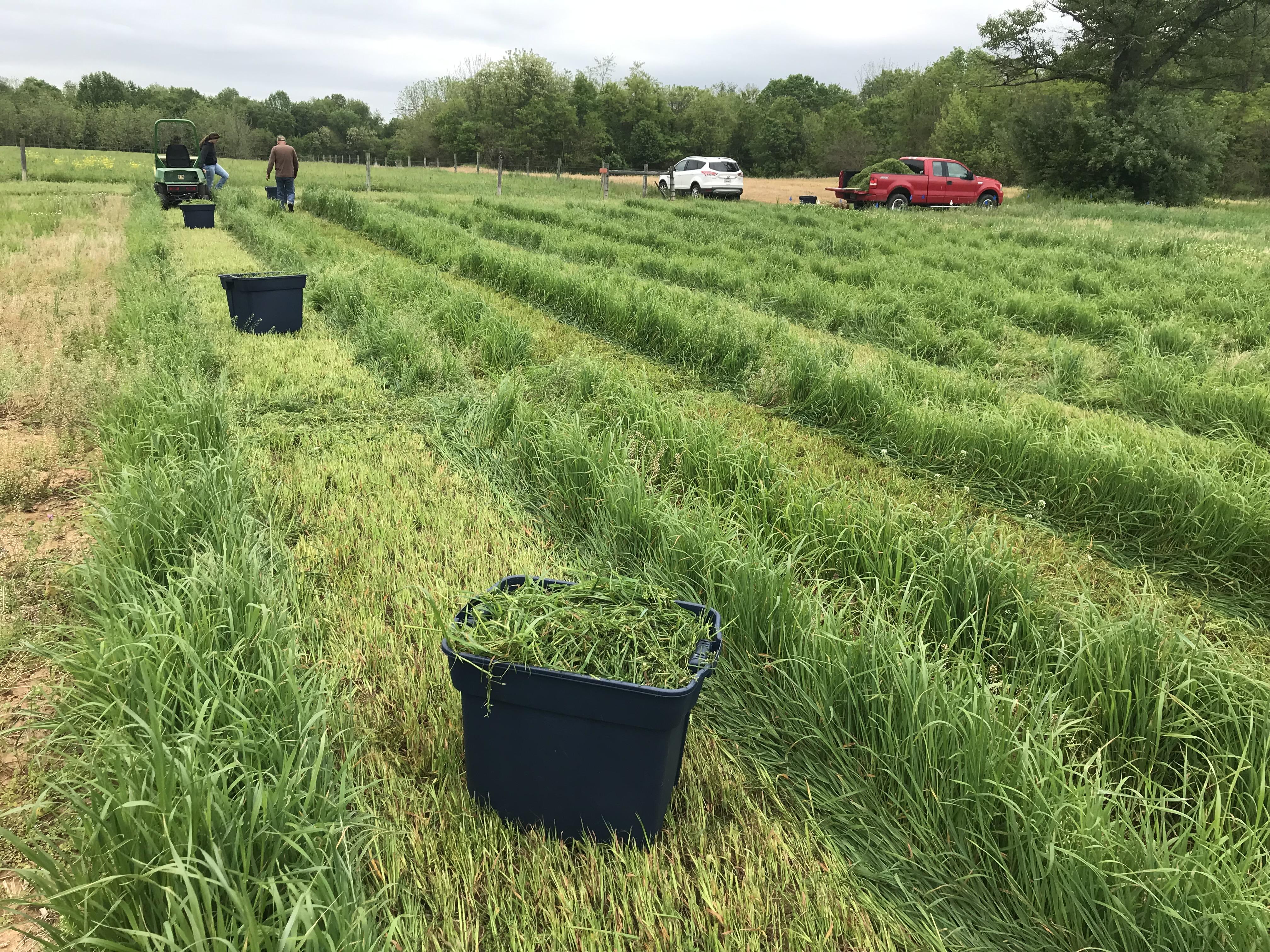Welcome to the University of Maryland Forage Extension Program!
Our goal is to provide forage-related education, programming, resources, and networking opportunities to all those involved in the forage and livestock industries. Whether you are a forage producer, livestock owner, or industry professional, we hope to provide you with the necessary resources and guidance to achieve your goals and enhance the success and profitability of your operation.
What are Forages?
Simply put, forages are crops grown for animal consumption. Forages come in many different forms and include fresh forages like pasture which are grazed by livestock, as well as conserved forages like hay, baleage, and silage, which are harvested using equipment and stored for later use.
Forages serve as a major feed source for many types of livestock, particularly beef cattle, dairy cattle, horses, and small ruminants. In addition to providing feed for animals, forage crops can also be grown for other purposes such as conservation or cover crops. In this role, they help to reduce soil erosion, compaction, and nutrient leaching.






